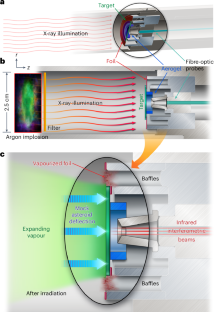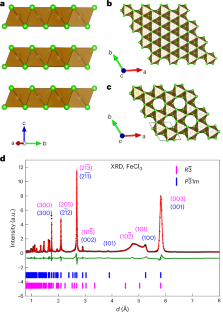2024-09-23 サンディア国立研究所(SNL)
<関連情報>
- https://newsreleases.sandia.gov/asteroid_deflection/
- https://www.nature.com/articles/s41567-024-02633-7
メガジュール級X線パルスによる小惑星偏向のシミュレーション Simulation of asteroid deflection with a megajoule-class X-ray pulse
Nathan W. Moore,Mikhail Mesh,Jason J. Sanchez,Marc-Andre Schaeuble,Chad A. McCoy,Carlos R. Aragon,Kyle R. Cochrane,Michael J. Powell & Seth Root
Nature Physics Published:23 September 2024
DOI:https://doi.org/10.1038/s41567-024-02633-7

Abstract
The Chicxulub asteroid impact triggered mass extinction, mega-tsunamis and a spell of global warming that lasted for around 100,000 years. Although the recent Double Asteroid Redirection Test mission by NASA demonstrated that near-Earth objects can be successfully targeted, deflecting the most dangerous asteroids will require energy concentrations akin to nuclear explosions. However, targets suitable for practice missions are scarce. Here we demonstrate the simulation of asteroid deflection with an X-ray pulse from a dense argon plasma generated at the Z machine, a pulsed power device at Sandia National Laboratories. We use so-called X-ray scissors to place surrogate asteroidal material into free space, simultaneously severing supports and vapourizing the target surface. The ensuing explosion accelerates the mock asteroidal material in a scaled asteroid intercept mission. Deflection velocities of around 70 m s–1 for silica targets agree with radiation-hydrodynamic model predictions. We scale these results to proposed interceptor energies and predict that asteroids up to a diameter of (4 ± 1) km can be deflected with this mechanism, showing a viable way to prepare for future planetary defence missions.



